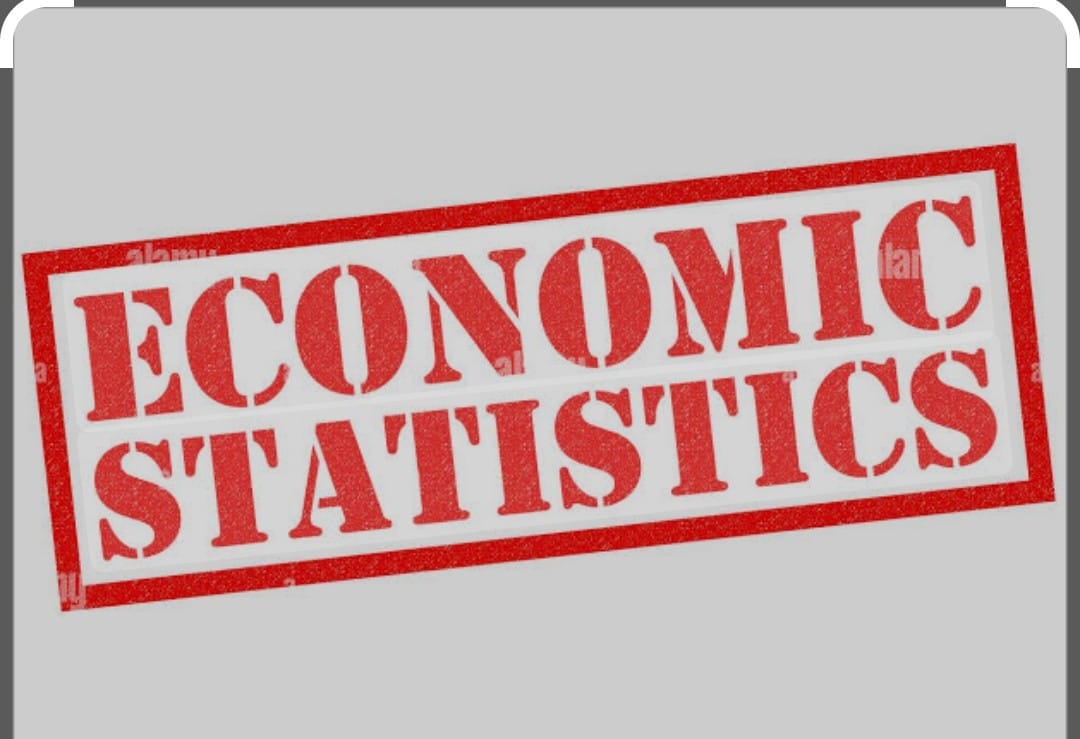Statistics
Statistics this part is the basic chapter for class 11 in Economics and covers the complete syllabus of the class 11 with definition, classification and organization of data .

STATISTICS FOR ECONOMICS
Economics by Alfred Marshall, “The study of man in the ordinary business of life”.
Consumer
“A consumer is one who consumes goods and services for the satisfaction of his wants”.
Consumption
“Consumption is the process of using up utility value of goods and services for the direct satisfaction of our wants”.
Producer
“A producer is one who produces/or sells goods and services for the generation of income”.
Production
“Production is the process of converting raw material into useful thing”.
Saving
It is the part of income which is not consumed. It is an art of abstinence from consumption.
Investment
It is expenditure by the producers on the purchase of such assets which help to generate income.
Economic Activity
It is an activity which is related to the use of scarce means. Means are always scarce in relation to our wants.
Economic Problem
It is the problem of choice arising on account of the facts that resources are scarce and these have alternative uses.
Components of Economics There are three components of economics
- Consumption
- Production
- Distribution
Statistics –
A Plural Sense Statistics refers to information in terms of numbers or numerical data, such as population statistics, employment statistics etc.
According to Bowley, “Statistics are numerical statements of facts in any department of enquiry placed in relation to each other.”
Features of Statistics in the Plural Sense
- Aggregate of facts
- Numerically expressed
- Affected by multiplicity of causes
- Reasonable accuracy
- Placed in relation to each other
- Predetermined purpose
- Estimated
Statistics –
A Singular Sense It refers to techniques or methods relating to collection, classification, presentation analysis and interpretation of quantitative data.
According to Seligman, “Statistics is the science which deals with the methods of collecting, classifying, presenting, comparing and interpreting numerical data collected to throw some light on any sphere of enquiry”.
Importance of Statistics in Economics:
- Quantitative expression of economic problem
- Inter-sectoral and inter-temporal comparisons
- Working out cause and effect relationship
- Construction of economic theories or economic models
- Economic forecasting
- Formulation of policies
Limitations of Statistics:
- Study of numerical facts only
- Study of aggregates only
- Results are true only on an average
- Without reference, results may prove to be wrong
- Can be used only by the experts
- Prone to misuse
No. students| 140 | 135 | 100| total = 375